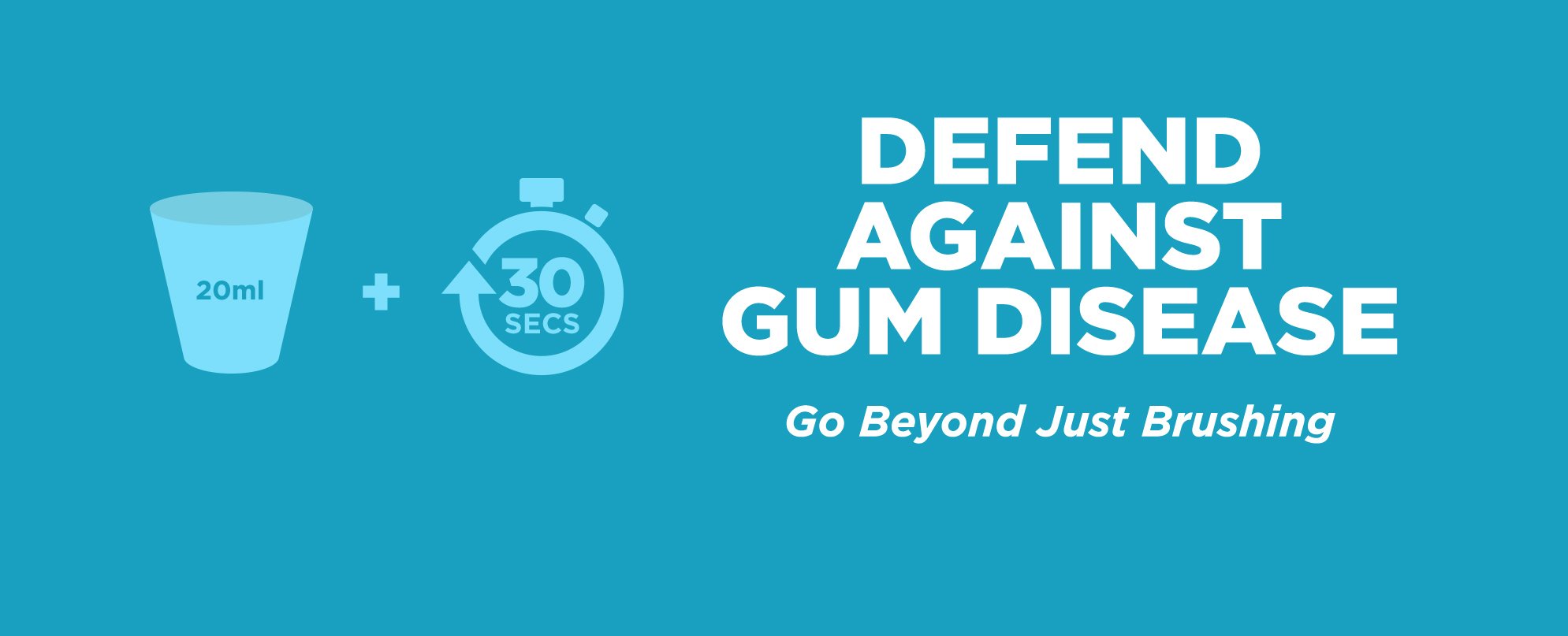Biofilm is a thin, slimy layer of bacteria that adheres to surfaces in the mouth such as the tongue, gums and teeth. We all have biofilm, even the most avid brushers, flossers and rinsers, because the sticky film clings to nearly any surface that is wet (it happens in nature, too: think slippery rocks, or the slick hull of a boat).
If you regularly brush, floss and rinse, you can minimize the biofilm. But when brushing, flossing and rinsing habits are lacking, the biofilm can build and develop into dental plaque that you can see with the naked eye (it is typically pale yellow in color).
The thicker biofilm can irritate gums and spur the body’s inflammatory response. This will make gums appear red and swollen instead of their normal healthy pink and firm state. If left untreated, gingivitis, the early stage of gum disease, which is completely reversible when action is swiftly taken, can progress into serious gum disease, called periodontitis, which can infect the bone.


